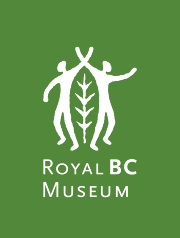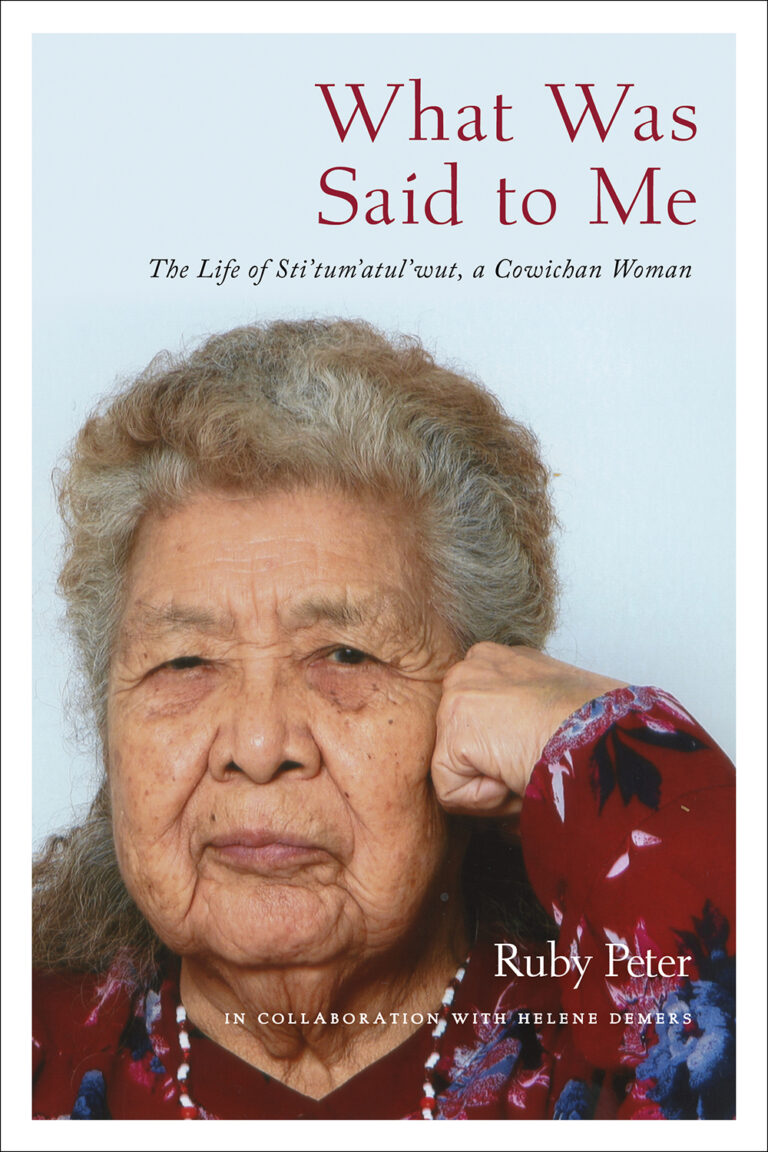Description
Sti’tum’atul’wut Ruby Peter is a Cowichan Elder and linguist who has trained Hul’q’umi’num’ language teachers and researchers for over six decades. She is the lead language consultant on five SSHRC grants on Hul’q’umi’num’ stories and four Partnership Development Grants on narrative and discourse structure, pronunciation, the language of canoe culture and Hul’q’umi’num’ theatre. Ruby serves on boards, panels and committees that set policies and provide linguistic support for language revitalization efforts in her community. In 2019 she was awarded honorary doctorate degrees by the University of Victoria and Simon Fraser University. She is the associate editor of The Cowichan Dictionary.
Helene Demers is a Dutch-Canadian cultural anthropologist and a research associate at Vancouver Island University. Her research in the Cowichan Valley spans 30 years and includes recording life histories, The Cowichan Valley Community Oral History Project: The Meaning of Home and assisting in the repatriation of a Cowichan Sxwuyxw mask. As an immigrant, she is deeply aware of the interconnection between identity and place, and this thread runs through her research. Currently, she is researching “home artifacts,” the items that immigrants and refugees bring from their homeland, as well as documenting journeys and migrations through a collaborative embroidery project.



Reviews
There are no reviews yet.